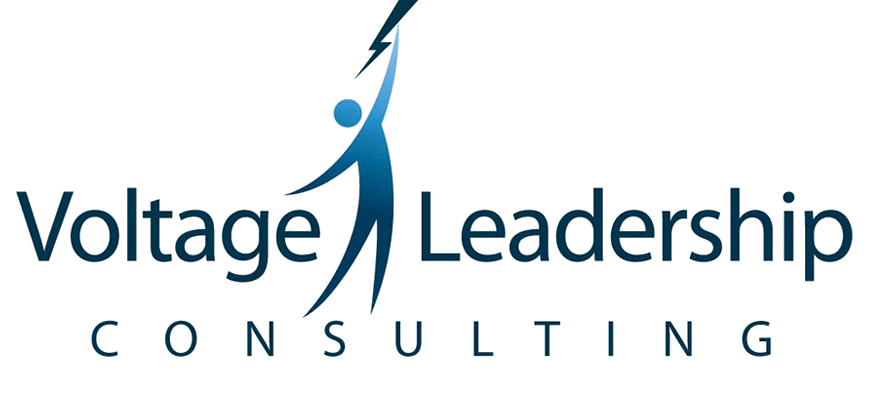Executive Presence: The “It” Factor
If our impact is 7% words, 38% tone of voice, and 55% body language, is it any wonder that leaders who learn how to say what they need to say end up getting better results?
I will never forget the lunch meeting I had several years ago. Our team was meeting at a restaurant located on a busy Chicago street. If you have experienced the lunch rush in downtown Chicago, you are familiar with the pace and volume of people walking hastily to their destinations in the lunch hour. This lunch was memorable because of what happened before I even reached the door.
When I arrived, I found the leader already waiting. Outside. He was standing just to the side of the front door at the sidewalk, so that he could meet and greet us and welcome us to the meeting. He greeted me, shook my hand, and thanked me for coming. After a few words, he gestured for me to continue inside to our table while he waited for the remaining people to arrive. This habit of hospitality made an impression. I left that meeting feeling appreciated and valued: he had stood outside and waited to greet me and thank me personally for taking the time to come. He respected my time as well as my thinking: during the lunch he made sure he heard from everyone at the table, he reviewed the agenda we had prepared, and he checked to see if there was anything new we needed to review.
The experience is a bright spot in a sea of professional interactions I’ve had over the years.
The number one differentiator between a good leader and a great leader is their capacity to attend to their impact and be intentional about designing and delivering messages that come across well.
Thinking about the experience you as a leader are delivering to the people you serve with is an important habit of mind. As you prepare for your next meeting, take a moment to think about the experience you want to deliver.
- How can you communicate appreciation for the time people are taking to come together?
- In what ways can you set shared parameters for the focus of the meeting so that everyone participates, time is used efficiently, and the best thinking emerges from around the table?
Simple acts of warm hospitality make people comfortable, and open up people’s state of mind to more naturally trust and share. Focus throughout the meeting keeps people on track and allows for bright, creative thinking to emerge. Good habits of discourse allow no one voice to dominate and all voices to be heard creating environments of collegiality and creativity.
To get the best thinking from all the people make a habit of Rounding.
Rounding is simple. You set 3 expectations and ask a question:
1. “We are going to go around the circle and hear from everyone in turn.”
2. “Hold your questions and comments until we are done going around the room.”
3. “Be concise with your comments, as we will have a deeper dive once we finish the round.” (You can even set a time limit for everyone. 30 seconds, a minute, two minutes, depending on the depth of thinking you are trying to bring into the room.)
Then, ask your question, and start your round!
One more tip for successful rounding, if you have an important problem to solve, send the question the day before so that the people who prefer to think through problems more thoroughly have the time to do so. This ensures equitable participation by everyone at the table.
What experience are you giving people when you show up? Stop to think about how you and your habits are landing on your team, your colleagues, your leaders.
Take a moment and design one of your interactions today. Simply stop and think about how you could best approach a situation. Look at it from the point of view of the other person.
Is there something you can change to better communicate? Think it through and try something new.
